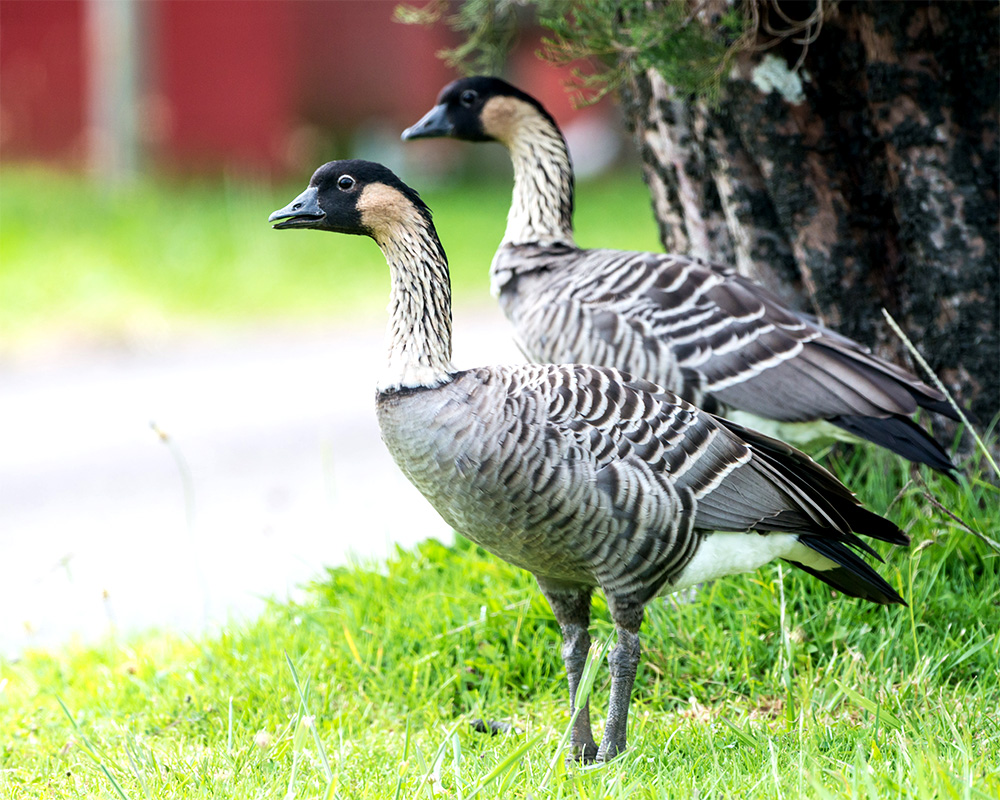December 4, 2024
The Ebiil Society: Champions of Palau
Ann Singeo, founder of our partner organization the Ebiil Society, shares her vision for a thriving Palau and a flourishing world of indigenous science!
We use cookies to help you navigate efficiently and perform certain functions. You will find detailed information about all cookies under each consent category below.
The cookies that are categorized as "Necessary" are stored on your browser as they are essential for enabling the basic functionalities of the site. ...
Necessary cookies are required to enable the basic features of this site, such as providing secure log-in or adjusting your consent preferences. These cookies do not store any personally identifiable data.
Functional cookies help perform certain functionalities like sharing the content of the website on social media platforms, collecting feedback, and other third-party features.
Analytical cookies are used to understand how visitors interact with the website. These cookies help provide information on metrics such as the number of visitors, bounce rate, traffic source, etc.
Performance cookies are used to understand and analyze the key performance indexes of the website which helps in delivering a better user experience for the visitors.
Advertisement cookies are used to provide visitors with customized advertisements based on the pages you visited previously and to analyze the effectiveness of the ad campaigns.
Looking to make an impact this Earth Month? Here’s how.

Preventing extinctions of native island species is no simple task, and no island chain proves that more than the Hawaiian Islands, which have the unfortunate moniker of “Endangered Species Capital of the World.” The remote islands have a diversity of endemic species but also have one of the most severe invasive species problems in the world. This combination has proven fatal for many native Hawaiian species, but conservationists have also dedicated their lives to saving some of these species.
Although Hawai’i has alarming rates of extinction, incredible conservation efforts have also brought back a number of species from the brink. The Hawaiian Goose, also known as the Nēnē, represents one such success story where the species was wiped off of all except Hawai’i Island in the 1950s. Conservationists stepped in and began a captive breeding program, and after years of attempted releases and a learning curve, today’s Nēnē population thrives in Kaua’i. Joey Mello, East Hawai’i Wildlife Manager comments:
We had probably been releasing Nēnē in the wrong place. … I mean, what winter nesting goose would want to have a gosling in 34-degree temperatures in rainy country?

As the conservationists learned the keys to releasing the Nēnē goslings, their attempts became more successful and an increased focus on predator control and habitat restoration helped the species rebound. Now conservationists are in the midst of the same process with the Hawaiian Crow, also known as the Alalā.

In the Early 2000s the Alalā was declared Extinct-in-the-wild after invasive predators and habitat loss drove the species alarmingly close to extinction–only a few captive individuals remained. After 15 years, conservationists have rebuilt the captive population and have begun to release the birds into the wild. Even after successes with the Nēnē, releasing the Alalā will take time. Out of the first five Alalā were released last year, two were returned to captivity after three succumbed to predation and starvation.

Conservationists then began working with the remaining captive individuals to increased predator avoidance training. Now after months of training, 11 Alalā are flying free in Pu‘u Maka‘ala Natural Area Reserve. And while the releases will continue and there are likely to be ups and downs in the project, there is hope that a stable population of Alalā will soon fly free in Hawai’i.
Hawai’i might be the extinction capital of the world, but with any luck, some of their remaining endemic species can be saved from extinction.
Featured Photo: Nēnē (Endemic Hawaiian Geese) at the Hanalei National Wildlife Refuge, Kauai. Credit: Kaleomokuokanalu Chock
Source: Honolulu Magazine
Check out other journal entries we think you might be interested in.
Notifications